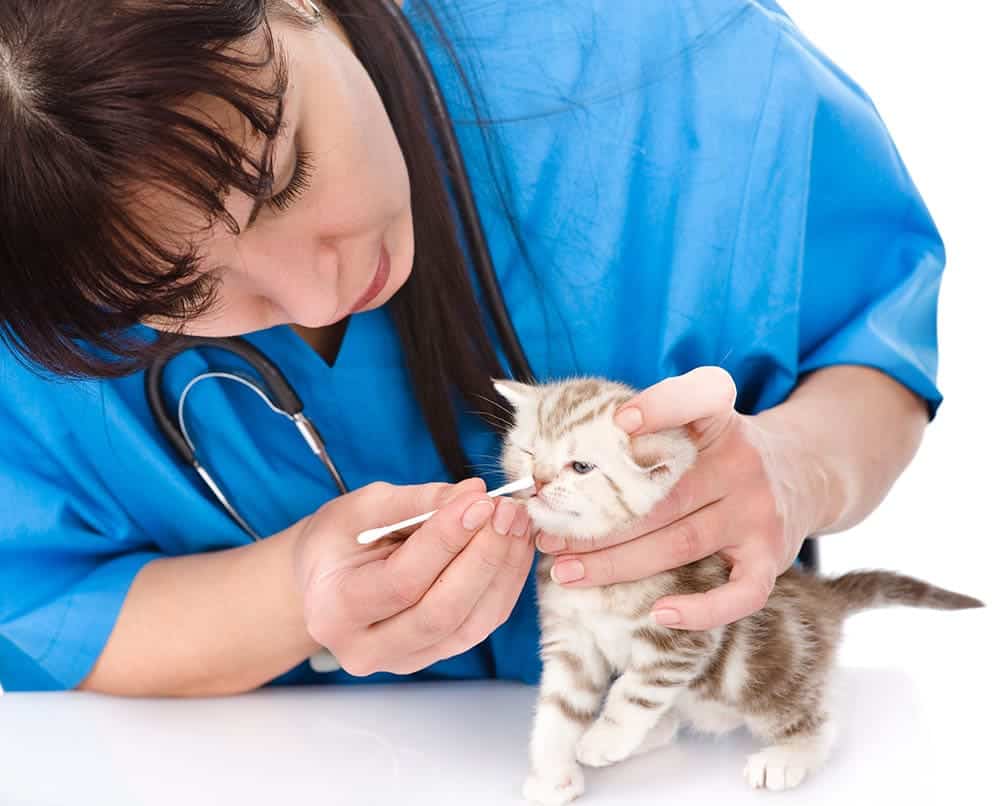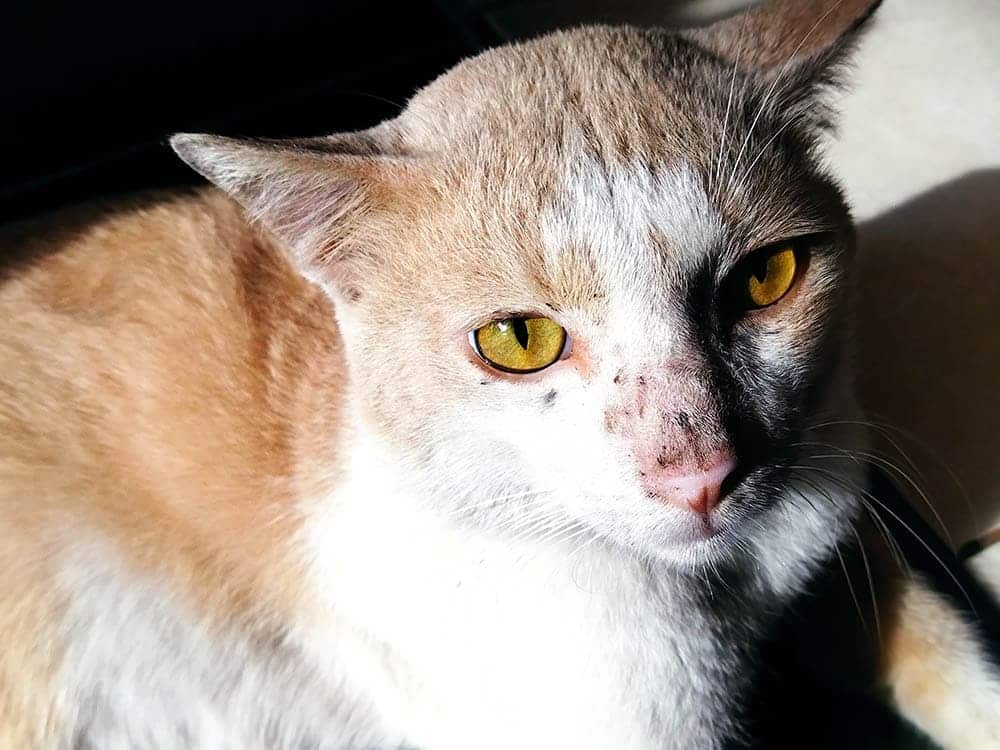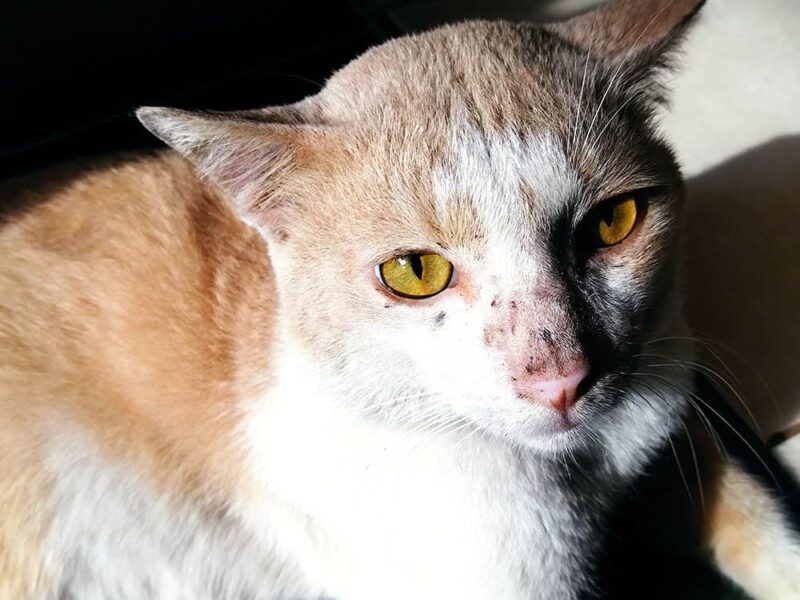As a pet parent, you do everything for your cat, from feeding them to grooming and taking them to the vet. When your cat has a stuffy nose, whether from being dirty or from a cold, you want to help with that as well.
A stuffy nose makes your cat miserable. However, many pet owners worry if it’s a good idea to clean their pet’s nose themselves.
You can, but you need to be careful when doing it. This guide will give you a few steps for cleaning your cat’s nose that will help you do it the right way.
Find the Cause
The first thing you need to do is find the cause of your cat’s stuffy nose. There are various reasons for a cat to have a stuffy nose, including:
- Seasonal allergies
- Upper respiratory infection
- Dirty nose
- Cold
These are a few of the causes of a stuffy nose in your cat that you need to know about. If you’re unsure of what’s wrong with your feline pal or aren’t comfortable cleaning their nose yourself, it’s best to make an appointment with your veterinarian for help.
How to Clean Your Cat’s Nose
Below, you’ll find the steps needed to clean your cat’s nose.
1. Immobilize Your Cat
The first thing you’re going to want to do is immobilize your cat, because if you know anything about cats at all, you know they don’t want to be held down and cleaned!
Do this by laying your cat on a flat surface, such as a table. Next, place yourself behind your pet, then hold them still by the nape of their neck.
Make sure to talk softly to your cat as you clean their nose so they don’t get scared and try to claw and bite you.

2. Clean the Outer Part of Their Nose
You can use a tissue you soaked in water or a serum or balm designed for cleaning a cat’s nose. Take the tissue and gently clean the outside of your cat’s nose. Rubbing gently will remove any stains and crust that have formed on the outside of their nose.
Never rub roughly or too hard, because not only will it scare your cat, but it can hurt their nose as well.
- Gentle Care For All Pets - Infused with moisturizing hypoallergenic ingredients & enriched with...
- Deep Cleans From Head to Tail - Tackle the toughest dirt & messes with our extra strong pet wipes...
- Freshness On The Go - Each dog grooming wipes pack contains 30 counts of premium dog wipes that...
Cleaning your cat's sensitive areas can be tricky, but high-quality wet wipes can make it much easier. Try a natural, hypoallergenic option like Hepper's Wash Wipes, made with moisturizing ingredients and specifically designed to gently clean your cat's skin and fur. These wipes are as convenient as they are effective!
At Catster, we’ve admired Hepper for many years and decided to take a controlling ownership interest so that we could benefit from the outstanding designs of this cool cat company!
3. Should You Clean the Inside of Your Cat’s Nose?
While it may be tempting to clean the inside of your cat’s nose, it’s best to leave that part of the job to a veterinary professional. Cleaning the inside of the nose will most likely irritate your feline friend, and inserting anything in the nose like a cotton swab, can potentially cause some damage. If you are concerned that there is debris in the nose that is causing discomfort for your cat, please have them seen by a veterinarian so they can be properly assessed.
Conclusion
There are a few reasons your cat’s nose might be stuffy and need to be cleaned. If cleaning your cat’s nose doesn’t help, it’s time to contact your vet for an appointment to see if there’s an underlying issue that needs to be taken care of.
Featured Image: Ismi Andriaty, Shutterstock















